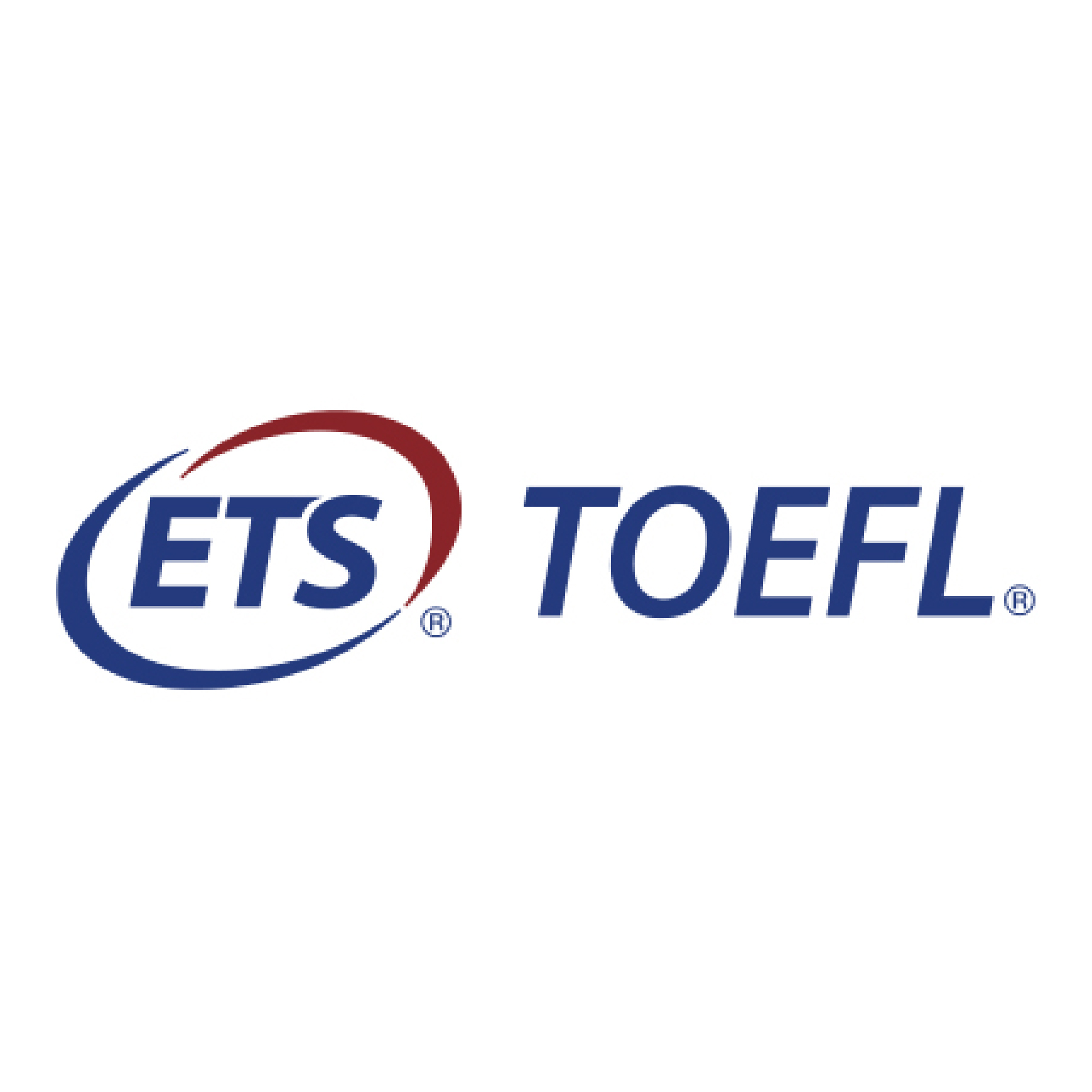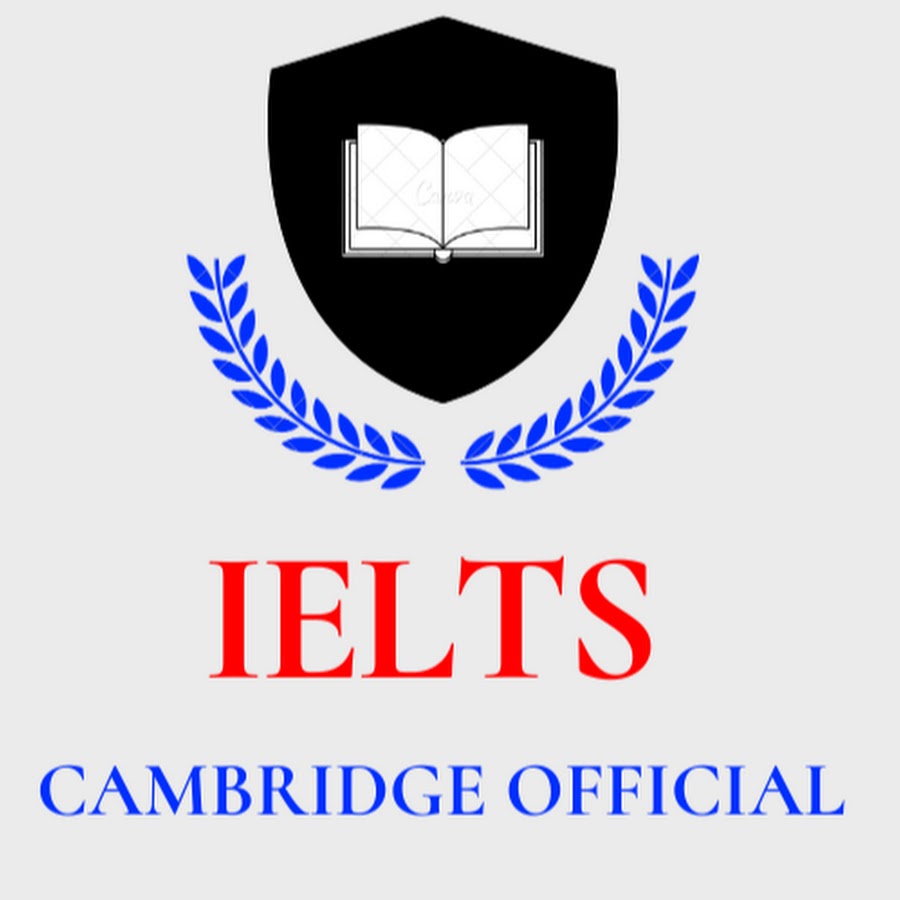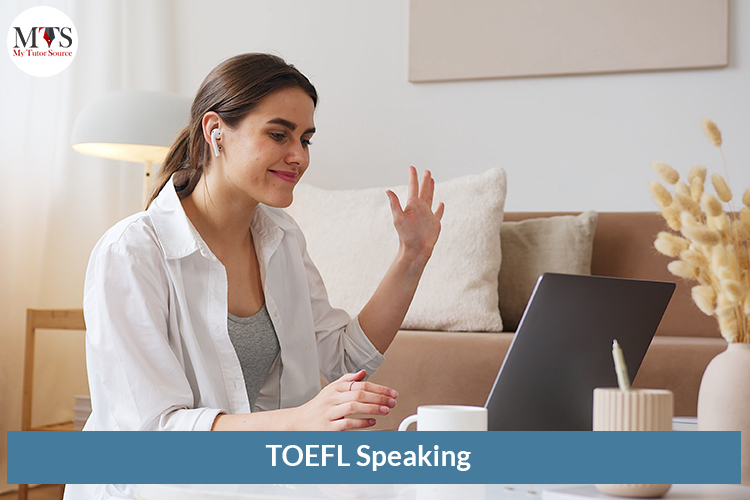Essentially, the International English Language Testing System (IELTS) and Test of English as a Foreign Language (TOEFL) are both English Language Proficiency Tests that assess your language skills in terms of productivity and receptivity— writing, speaking, (Productive skills) listening, and reading (receptive skills) although in varying contents and formats, which might make the testing experience seem different.


In any case, they are both handled by different bodies; IELTS is designed by Cambridge English, while ETS handles TOEFL, the same body that handles the GRE, anyway.
Their grading patterns are different, too. For the IELTS, you are aiming for a total band score of 9-- a band 9 on each skill area, and on the TOEFL, the total obtainable point is 120. However, they can both be scaled based on the Common European Framework of Reference (CEFR), which is the benchmark used in assessing language proficiency throughout the world (A1, A2, B1, B2, C1, C2), where A represents basic user, B represents independent user, and C represents proficiency.
A 94-120 obtained on the TOEFL translates to a C level.
A band 7 to a band 9 on the IELTS is considered a C level indicating proficiency.
A1, A2, (basic user)
BI, B2 (intermediate or independent user)
C1, C2 (proficient)
IELTS is more popular as it is acceptable in over 12,000 organizations in 140 English-speaking countries in the UK, Canada, Europe, and Australia, and even certain American institutions. TOEFL, on the other hand, is accepted by more than 9,000 universities in 130 countries in the US, Australia, New Zealand, and even the UK and Canada.
So, perhaps what you need to do first is look up the requirements of your chosen university or the organization you are applying to. This determines your pick.
But what if the institution, university, or organization of interest requires you to write either?
This is perhaps where the confusion sets in, and it is at this point that your English Language skill level and examination preferences become a great determining factor.
And guess what? This is my forte!
Let’s dive into the specifics and nuances of the format and content of both exams.
THE READING
To start with, TOEFL tests you for reading within 35 minutes, at least on the revised version, which are all multiple-choice questions with a mix of question types from main idea to specific detail to function and scope.
However, I must say the IELTS test for reading is more comprehensive with respect to question types as you have over 10 question types, all of which are not multiple choice. For some, you are required to provide the appropriate titles for a string of paragraphs, and for others, you are asked to classify information, yet for others, you are asked to provide short answers of no more than three words to questions based on details from the passage.
Perhaps the most interesting thing about the reading on the IELTS is the fact that all your answers are clearly stated, but often paraphrased right there in the passage; no question type requires you to make any inference of sorts.
Nevertheless, the TOEFL reading streamlines your focus by pointing you to the specific paragraph from which to get your answers to any question.
LISTENING

The IELTS listening takes place for 30 minutes and then an extra 10 minutes to transfer your answers into an answer sheet for those taking the paper-based version of the test. It is a synchronous listening and writing-down-your-answers process in four sections.
You have an answer sheet containing questions and gaps to fill or options to choose from, and you are played a recording of a conversation, a lecture or speech, or a discussion. You are meant to write your answers immediately as you hear the information you need onto the answer sheet as the recording will only be played once. But then the narrator on the recording provides you adequate instructions on how to go about this, and you are even given 20 seconds to scan the questions on each section before the recording on that section begins.
Whereas, on the TOEFL, the recording for each section is played once and you are given a different time to answer multiple-choice questions based on what you heard. The question types can range from what the main topic of the talk is to inference to why certain words or phrases were used.
In the same way as you have it on IELTS, the recording can be a conversation, lecture, or discussion, and you also have about 30 minutes on this, too.
SPEAKING

I consider the speaking Section of both tests more varied. On IELTS, you are face-to-face with an interview/IELTS-trained examiner, and you get to answer questions about yourself, your culture, your preferences, and the world at large. The speaking here is divided into three parts, and you are meant to be as conversational and fluent as possible. The entire speaking section here should be from 11 to 15 minutes. See simple tips on how to scale through 6 Most Essential Tips to get a band 7.5+ on the IELTS Speaking Test – Chigozie Nwokoji

On TOEFL Speaking, one of the tasks is that you express your opinion on any given issue within 45 seconds. You get to speak your response into a recording device. This is called the INDEPENDENT SPEAKING TASK. In another section, you are played a recording of a talk and then required to read a passage, after which you should compare or summarize key details from both sources in about 60 seconds—INTEGRATED SPEAKING.
Both tests have the same speaking parameters—pronunciation, lexical resources, coherence, grammar, fluency, and logicality of thought.
WRITING

THE IELTS AND TOEFL have two Writing tasks, one of which expects you to write an opinionated essay about any given topic— expressing your idea on the given topic in well-structured paragraphs. Find the template for that Get An 8+ On IELTS Writing TASK 2— The Simple IELTS Essay Writing Template – Chigozie Nwokoji
The IELTS allows 40 minutes for this task and expects you to write at least 250 words, the TOEFL allots 30 minutes for this task and leaves the word count at 300 or more. On the TOEFL, this is regarded as the INDEPENDENT WRITING task whereas the IELTS simply names it TASK 2—ESSAY WRITING. Those taking either the Academic or General versions of the IELTS do this task.
The other writing task on the IELTS requires ACADEMIC test-takers to report or summarize the key features of a graph table, chart, or process diagram in at least 150 words within 20 minutes. At this point, those taking the GENERAL IELTS will have to write a letter— formal, semiformal, informal, none of which requires you to write addresses as is the norm with letter writing in the real world.
The second writing task on TOEFL expects you to listen to a recording, read an article on the same topic, and then write an essay where you compare and contrast the points made by both sources.
So, with this wealth of knowledge at your disposal, it is now up to you to determine what kind of test best suits your English Language abilities.
OR
Are you still in that dilemma?
Whatever you now decide, remember to sign up for coaching that suits your unique learning abilities TOEFL- MAIN – Chigozie Nwokoji or IELTS- MAIN – Chigozie Nwokoji

0 comments